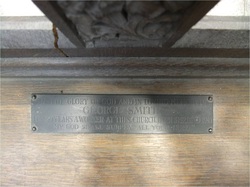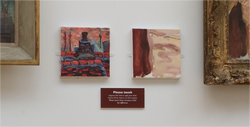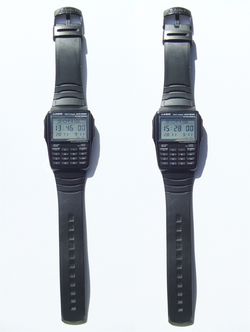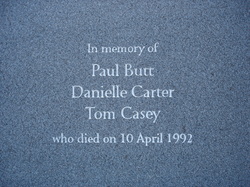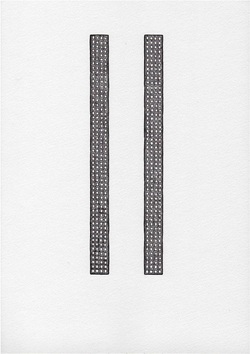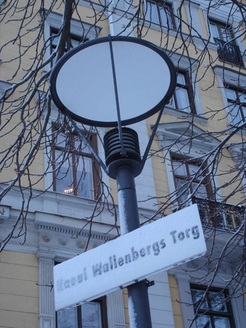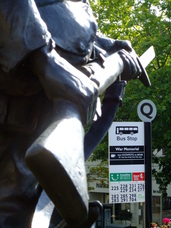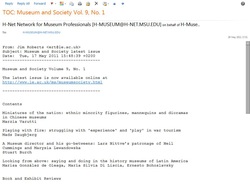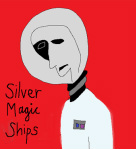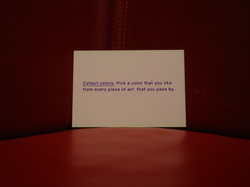
Question What is black and white and re(a)d all over?
Answer A newspaper (and Moderna Museet)
If you’re a fan of photography, now is a great time to visit Moderna Museet. This is because Sweden’s national museum of modern and contemporary art has decided to clear out nearly all of its paintings and sculptures, replacing them with a changing selection of photographs drawn from its own extensive collection.
The official reason for this action is to stress that the museum stays true to its reputation for “Movement in Art”. This was the title of a much-heralded exhibition dating from 1961. Visitors to today’s Moderna Museet get a taste of what this show was like through a small commemorative display timed to coincide with its fiftieth anniversary.
There is another explanation for Moderna Museet’s photographic re-shoot. Swamping the galleries with photographs is a neat way of retouching the museum so as to allow its new director (Daniel Birnbaum) to politely edit out all traces of his predecessor (Lars Nittve). Think the Louvre after the French revolution minus all the violence.
This was indeed a bloodless coup. Yet it is the colour of blood that predominates amid Moderna Museet’s sea of black-and-white photographs. Don't believe me? Well, pop along to the museum and seek out Cindy Sherman’s blouse (Untitled, 2008); Christian Vogt’s Barbara (The Red Series, 1976); Inez Van Lamsweerde’s lace gloves (Petra, 1994); Veronika Bromová’s testicles (Girls too, 1995); Eva Klasson’s Parasites (1978); Annika von Hausswolff’s wingtips (I Am the Runway of Your Thoughts, 2008); Frank Thiel’s crane (City 2/36/A (Berlin), 1988); Hans Hammarskiöld and Carl Fredrik Reuterswärd’s Laser (1971); Tuija Lindström’s Iron (1991); Lars Tunbjörk’s Pictures from Sweden (1991); Nan Goldin’s French Chris (1979); J.H. Engström’s lips (Haunts, 2006) and Irving Penn’s Mouth (1986/1992). Oh, and guess what colour all the articulated trucks were that Annica Karlsson Rixon photographed over the space of five years? That’s right: red. Just like the sofa next to the coffee table covered with books to be read.
Does this reddymade (sic) reveal the curators’ favourite colour? Or is black-and-white with a touch of vermilion a marker of photographic distinction? Evidence supporting the latter contention comes from archival copies of such magazines as Life, Se and Die Woche, examples of which are displayed in vitrines. Their covers from the 1930s to the 1960s are formed of black-and-white images juxtaposed with the logo of the journal – all of which are red.
So, if photography leaves you cold and if red is your least favourite colour, then it’s probably best to put off visiting Moderna Museet until the revolution is over and normal service has resumed…
